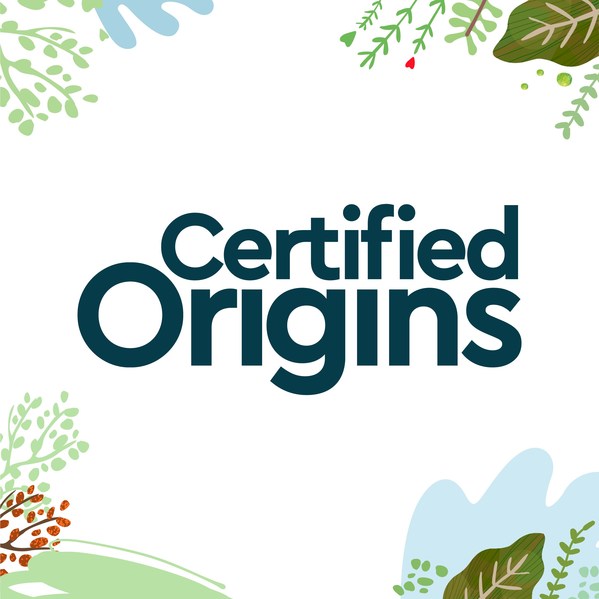
Courtesy of Certified Origins
“We are very glad to be the first launching the Roma PGI in China with our retail partners,” says Alessandro Ingravalle, GM at Certified Origins China. “This is part of our, and our partners, effort to increase the offer of certified EVOOs in the Chinese market: whether it is an organic certification or an authentic origin one (if not both at the same time), our goal is not only guarantee to consumers the highest quality and taste, but also help them in understanding the product and facilitate their choice.”
The new Roma PGI EVOO, in fact, will join the Spanish PDOs Siurana and Baena on Chinese shelves as well as the Organic OFDC Toscano PGI EVOO in a market where consumers risk to cannot but feel a sense of powerlessness.
Facing a dazzling array of olive oil brands and colorful labels on supermarket shelves, consumers’ decision-making would probably benefit from a dice placed next to the shelf. Their final choice is often to choose the cheapest price (lowest trial and error cost), but unfortunately, the result is not necessarily a good experience.
The reason for this confusion is mostly the communication chosen by most market players in the past: they only needed to highlight the difference between the health properties of olive oil and traditional Chinese cooking oil to gain a small number of consumers of high-end products. Therefore, the concept of healthy cooking oil is also the most widely spread information about olive oil.
After the market took off, highlighting olive oil’s physical and chemical data has become the common choice for most players. However, this detailed classification and specific data also dissuade many consumers. “Most people don’t feel the need to go back to school for a bottle of oil in the kitchen,” says Nong Zhiming from CO China. “Many consumers know that extra virgin olive oil is the highest grade, with an acidity of less than 0.8%, and they always think that the lower the acidity, the better the quality of olive oil. That’s all. We cannot expect them to distinguish now the different olive cultivars, or to understand the more subjective evaluation of taste.”
The key to clearing the fog hanging on the market is a third-party, undisputable certification: special labels and certifications are the tools needed to break the confusion and help the Chinese consumer navigate the vast array of EVOOs present in China.








